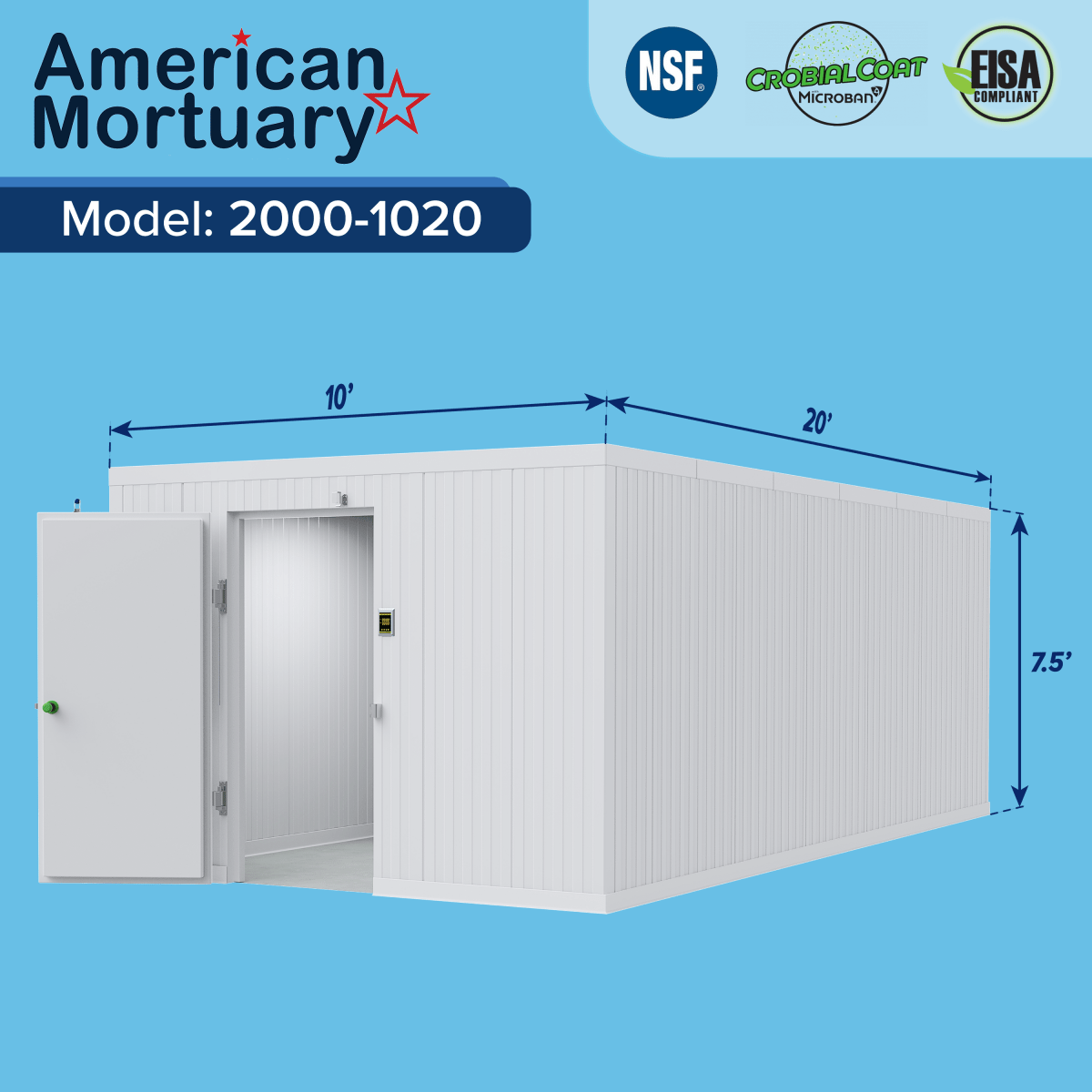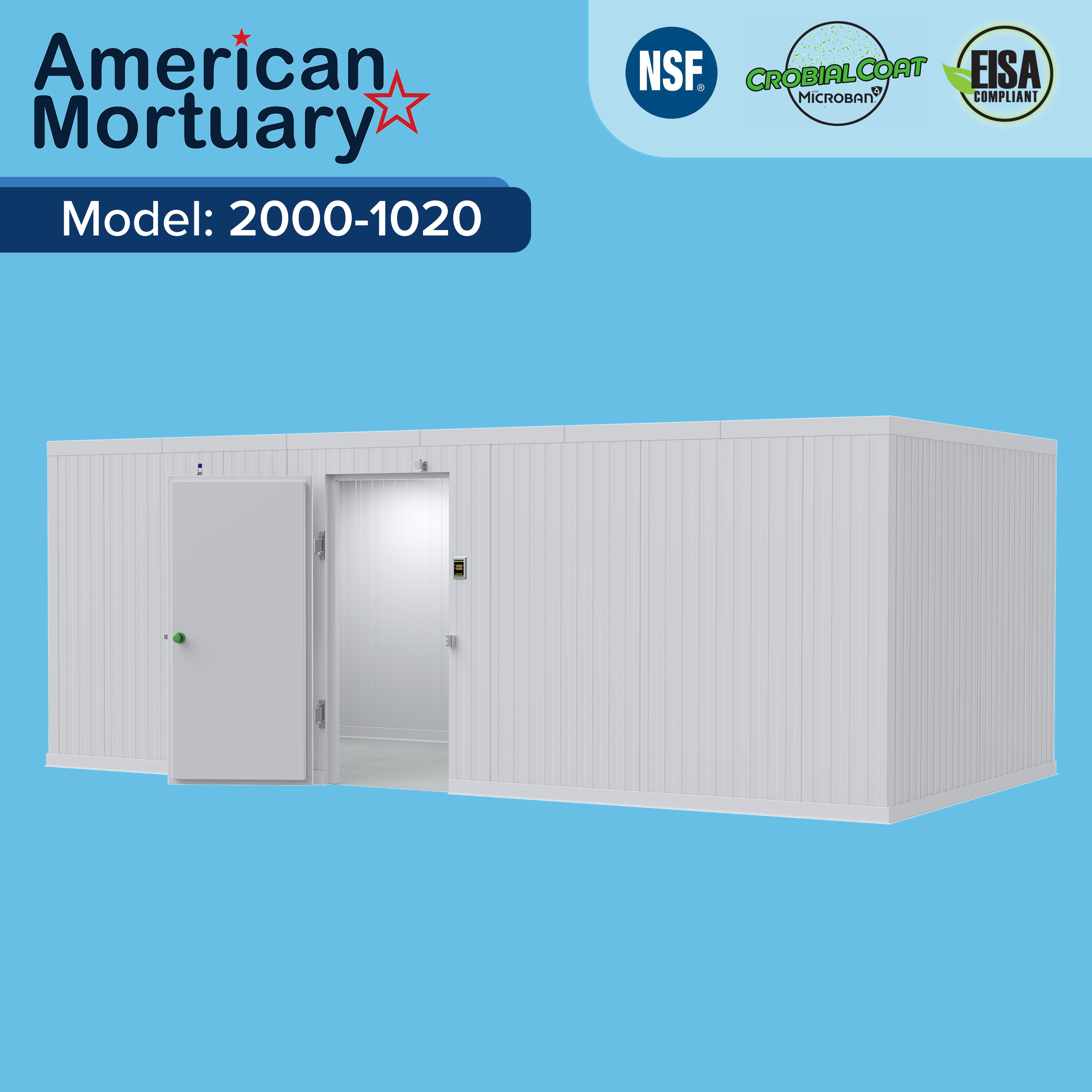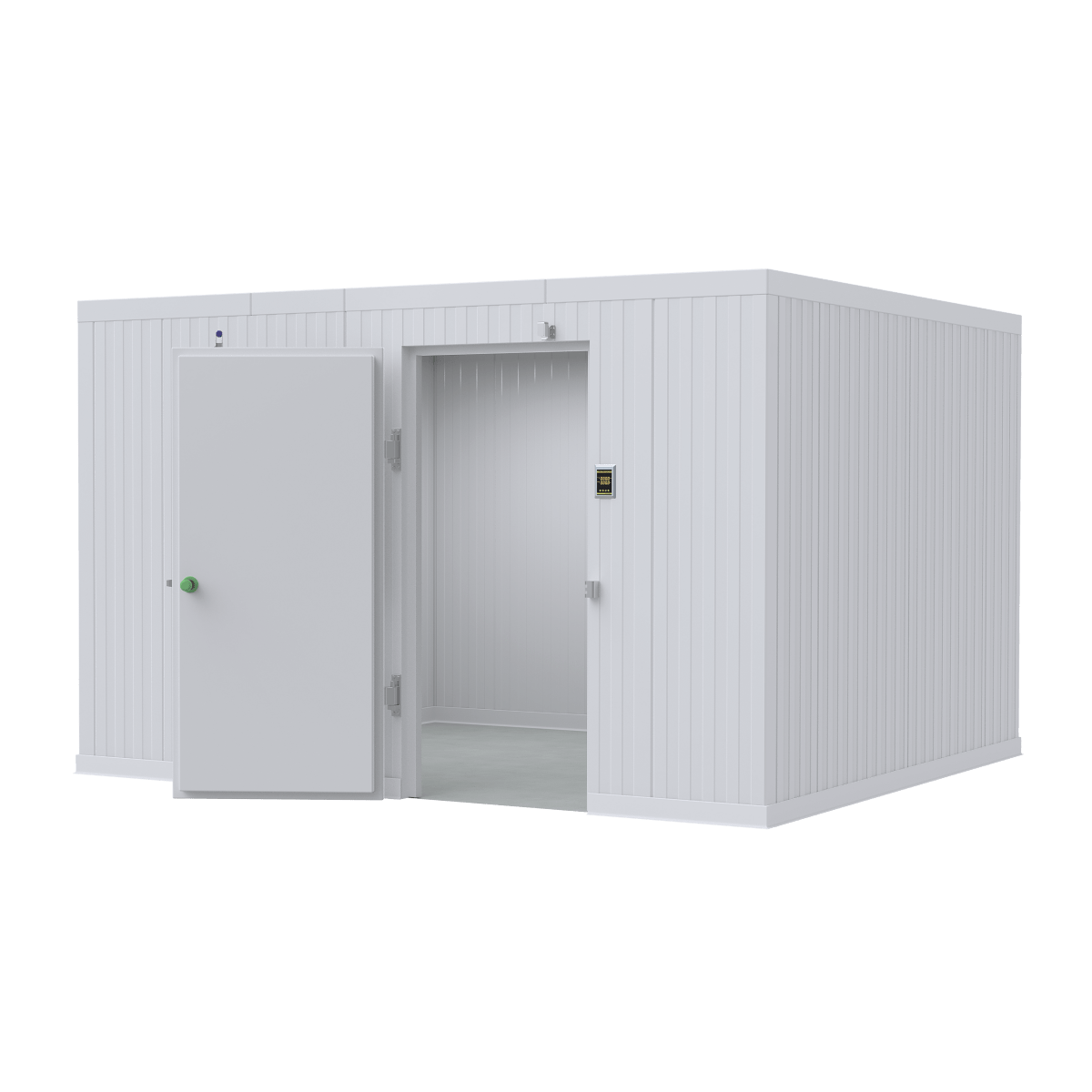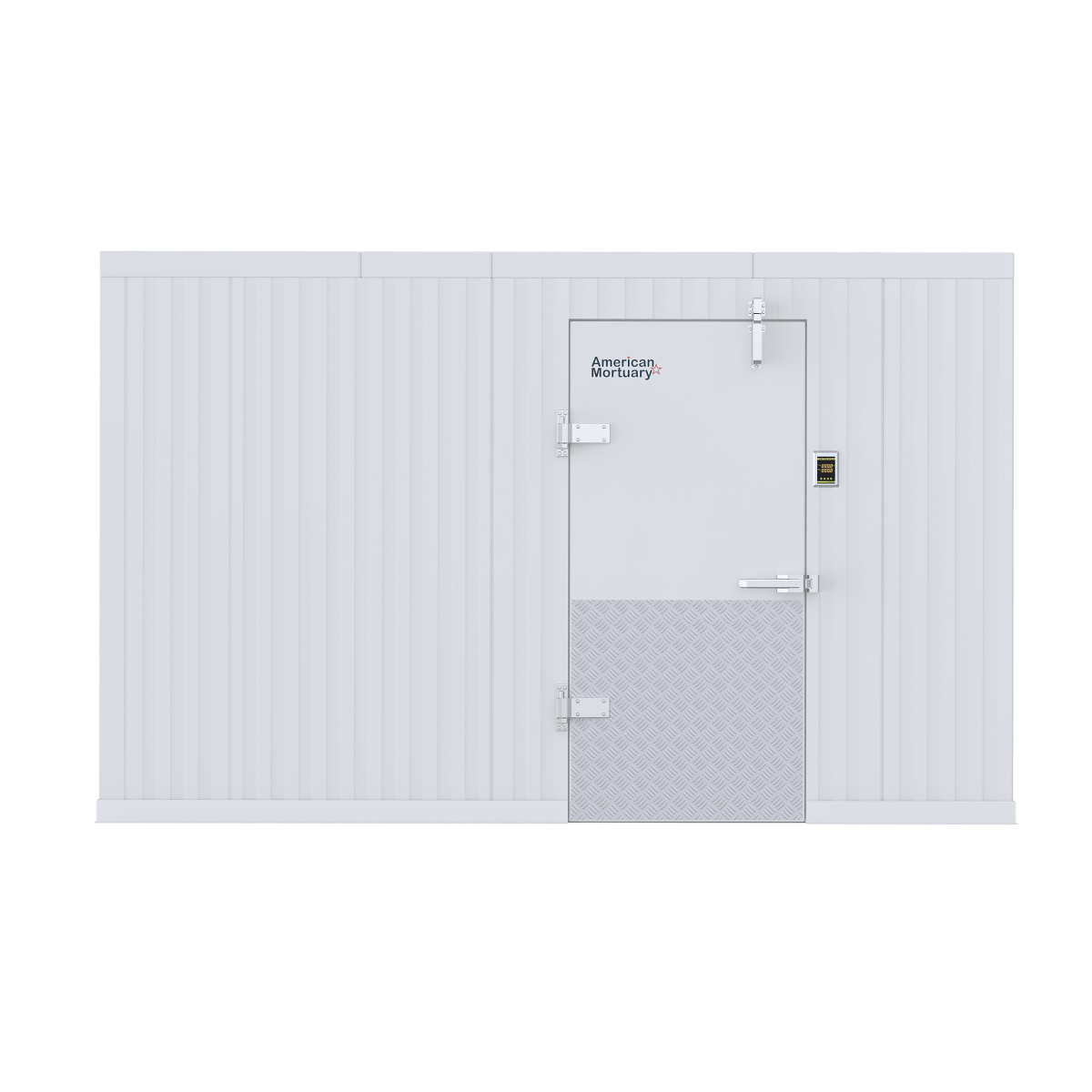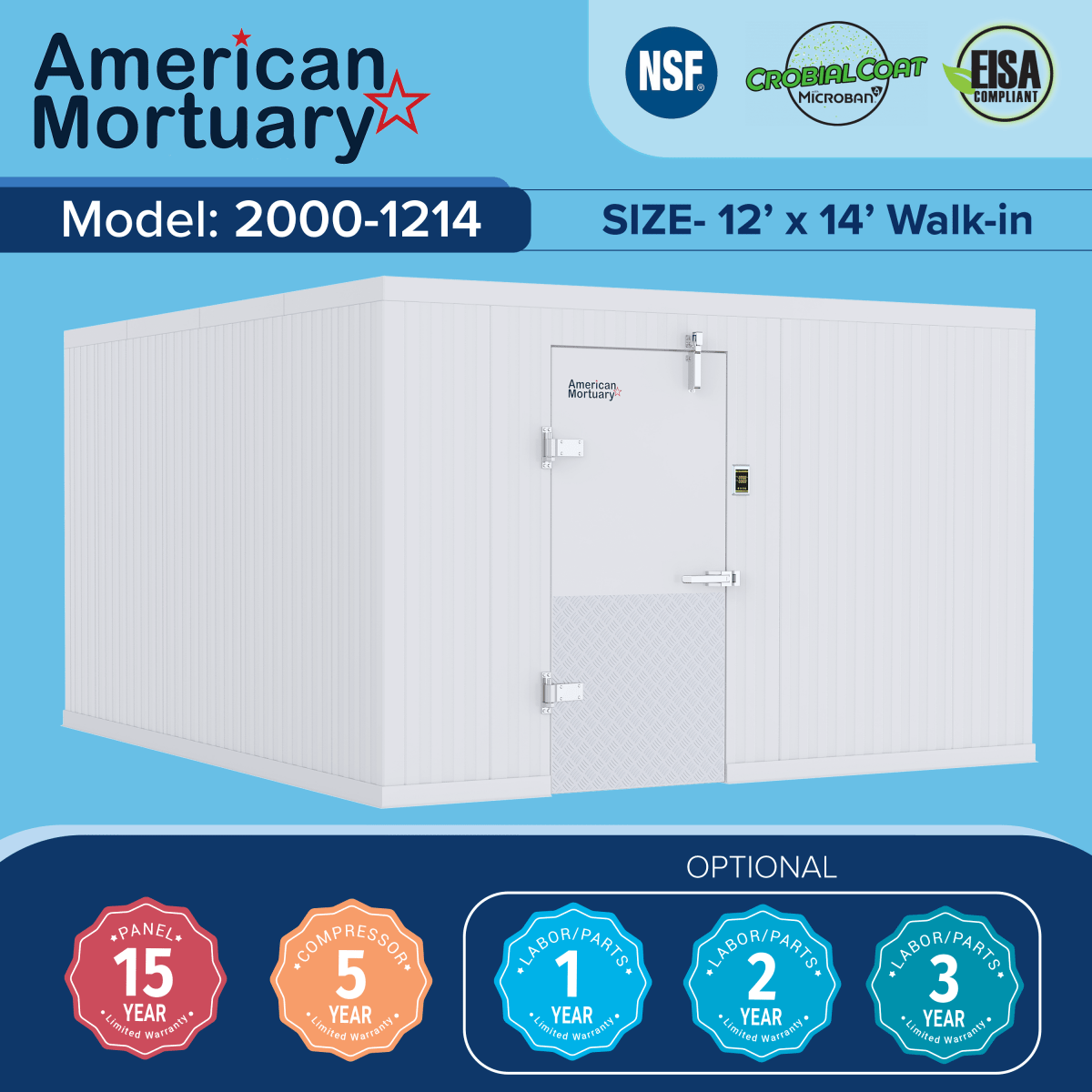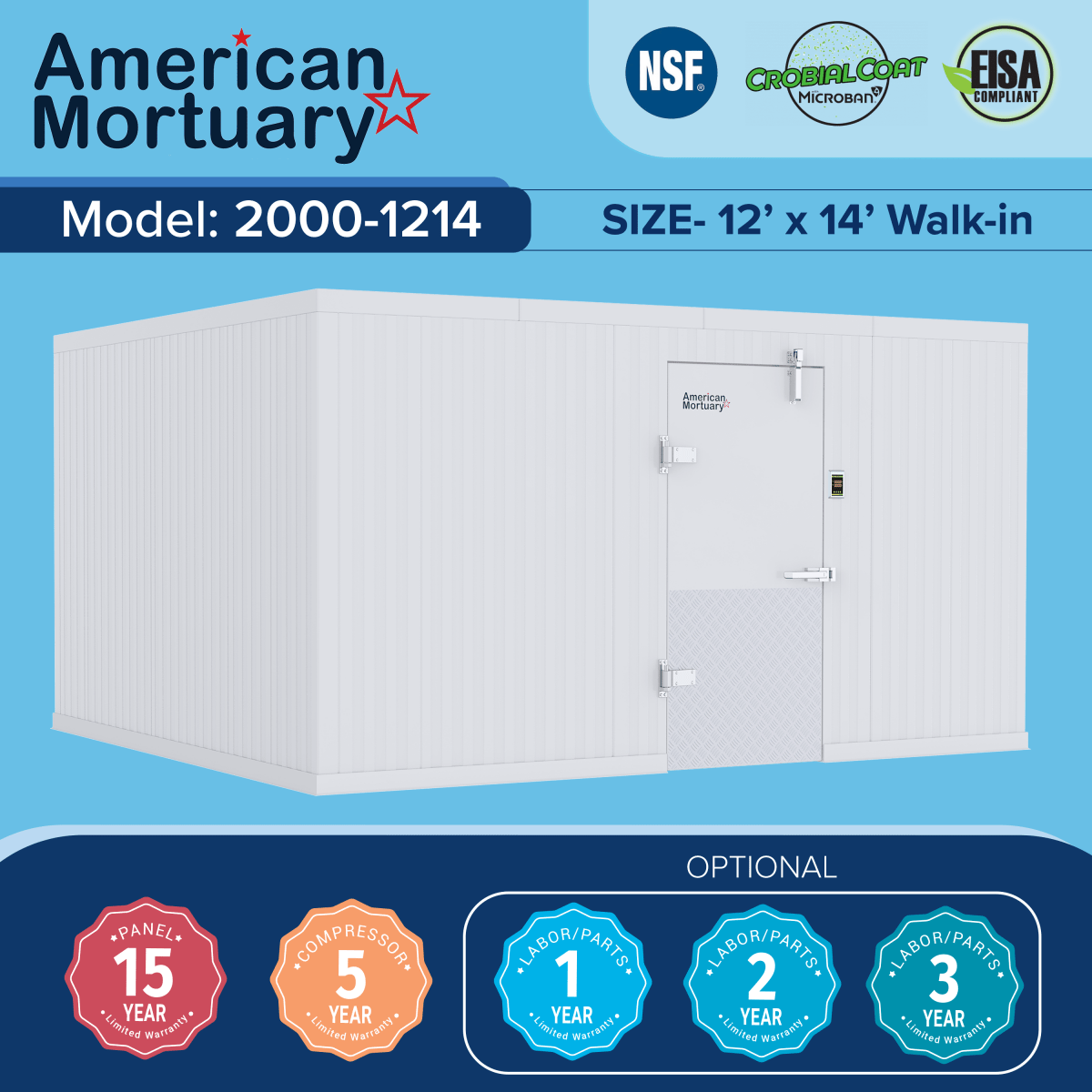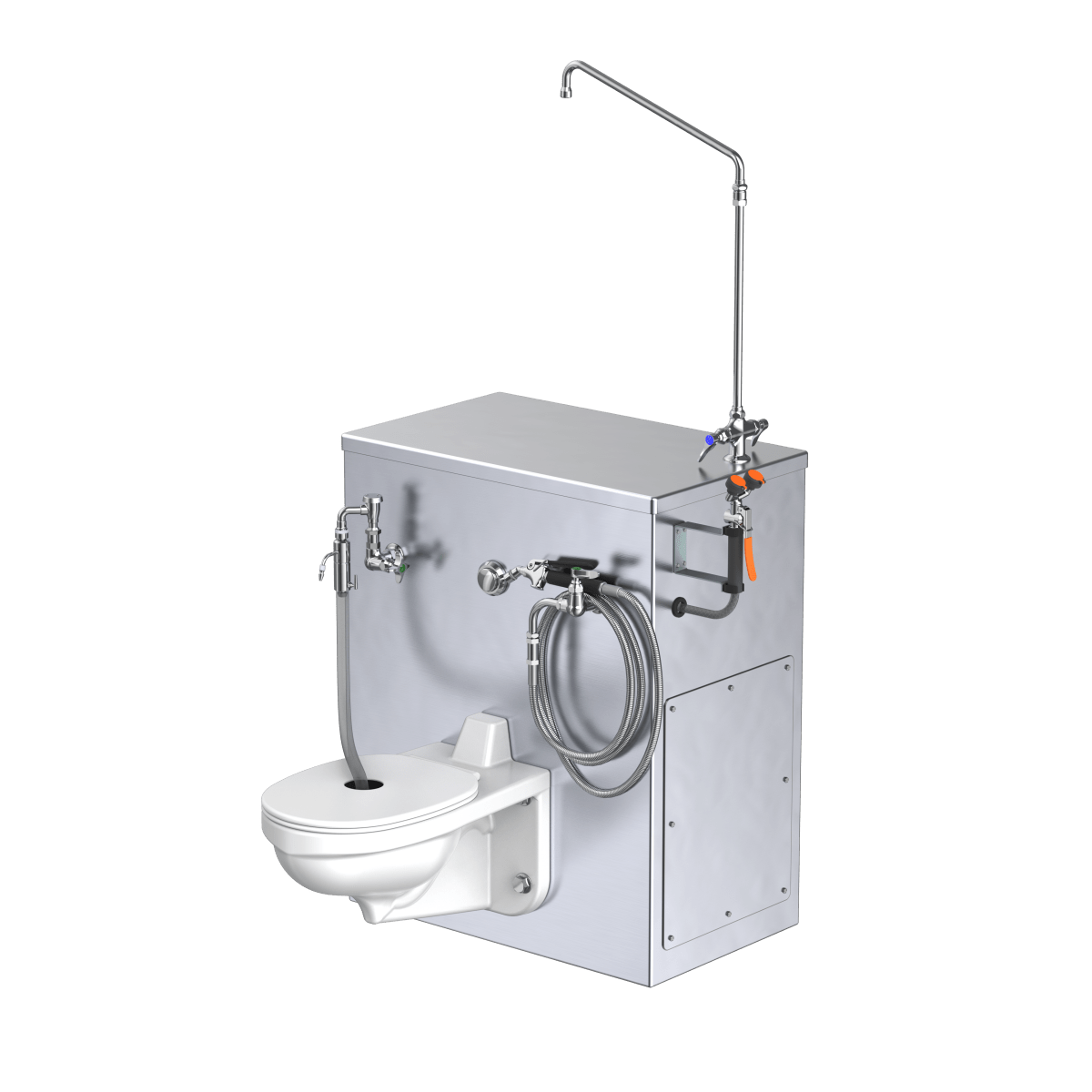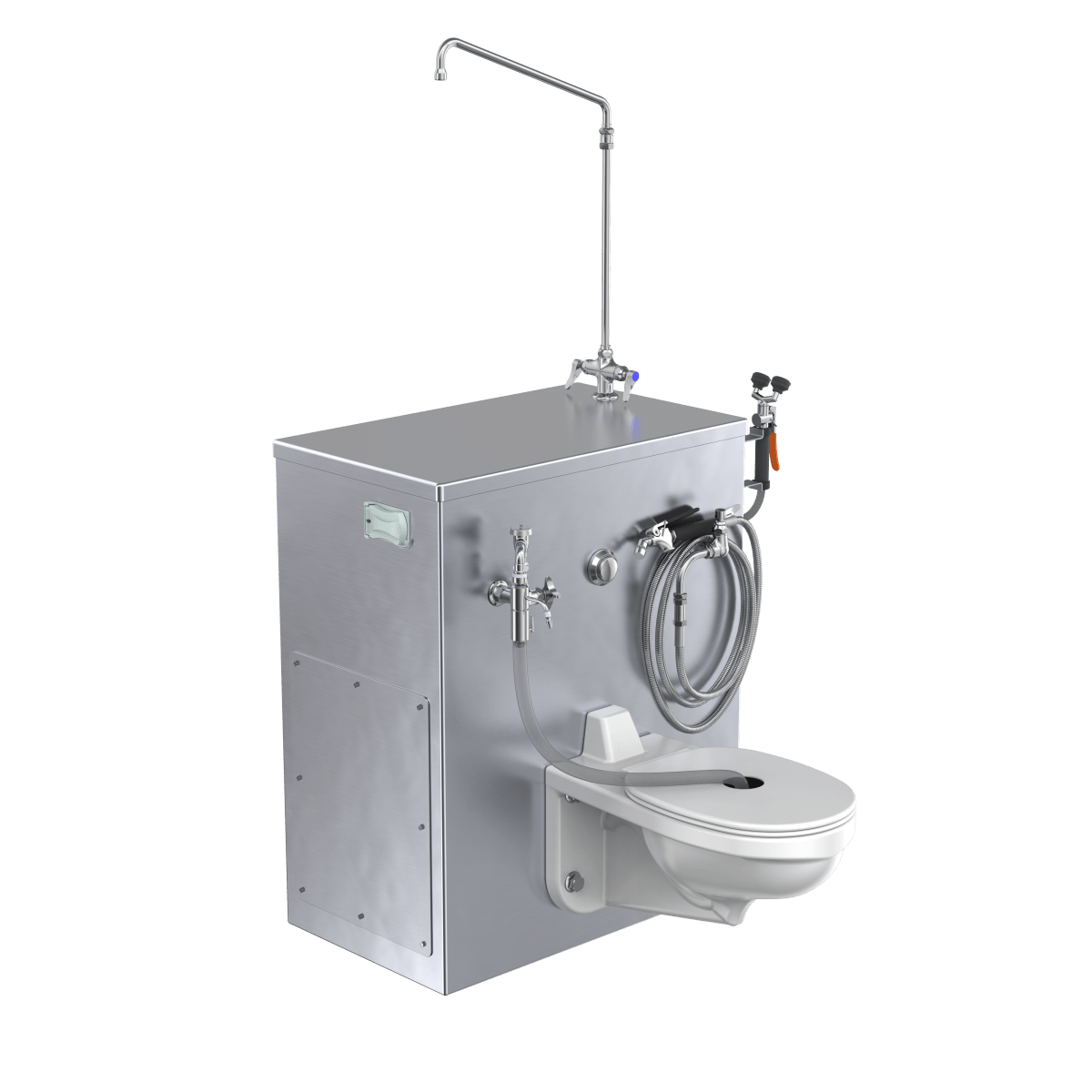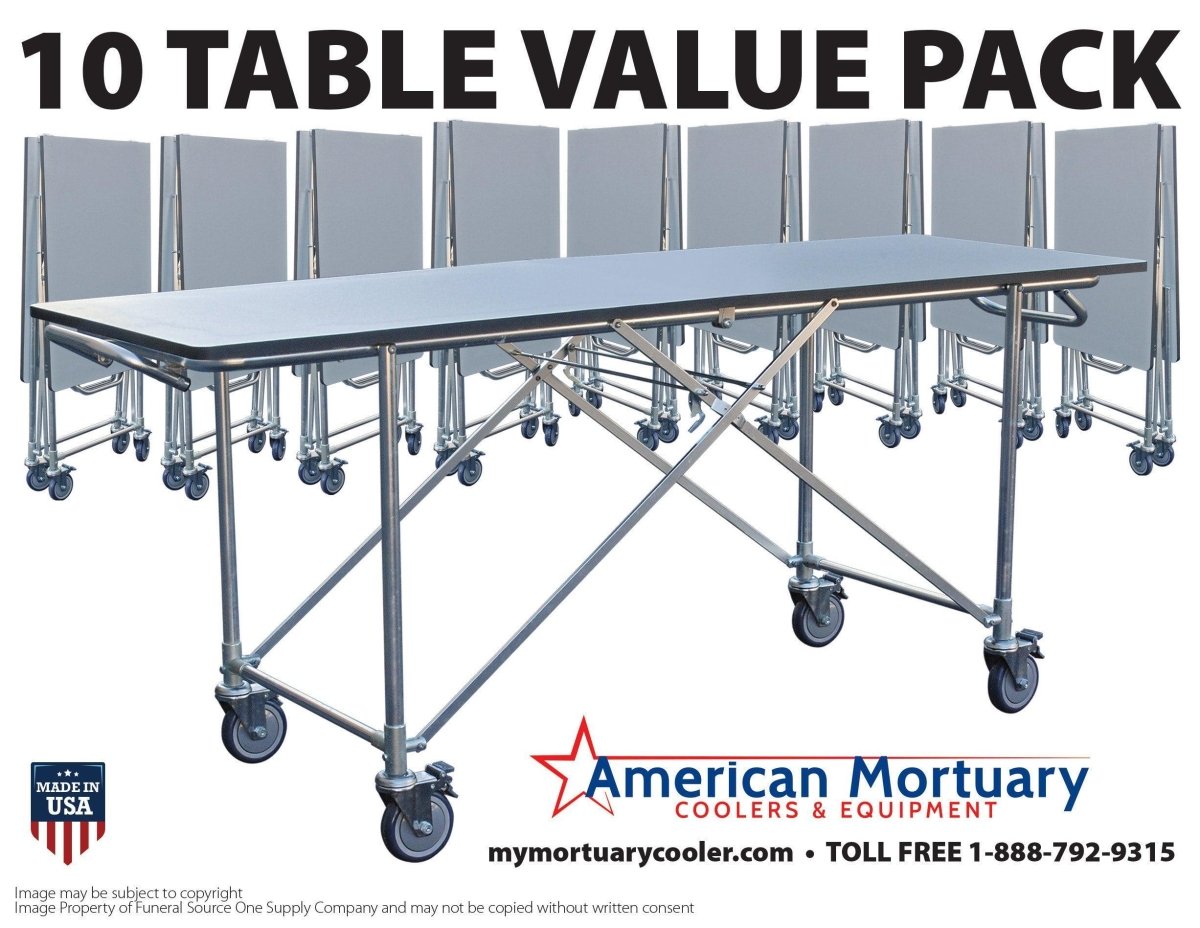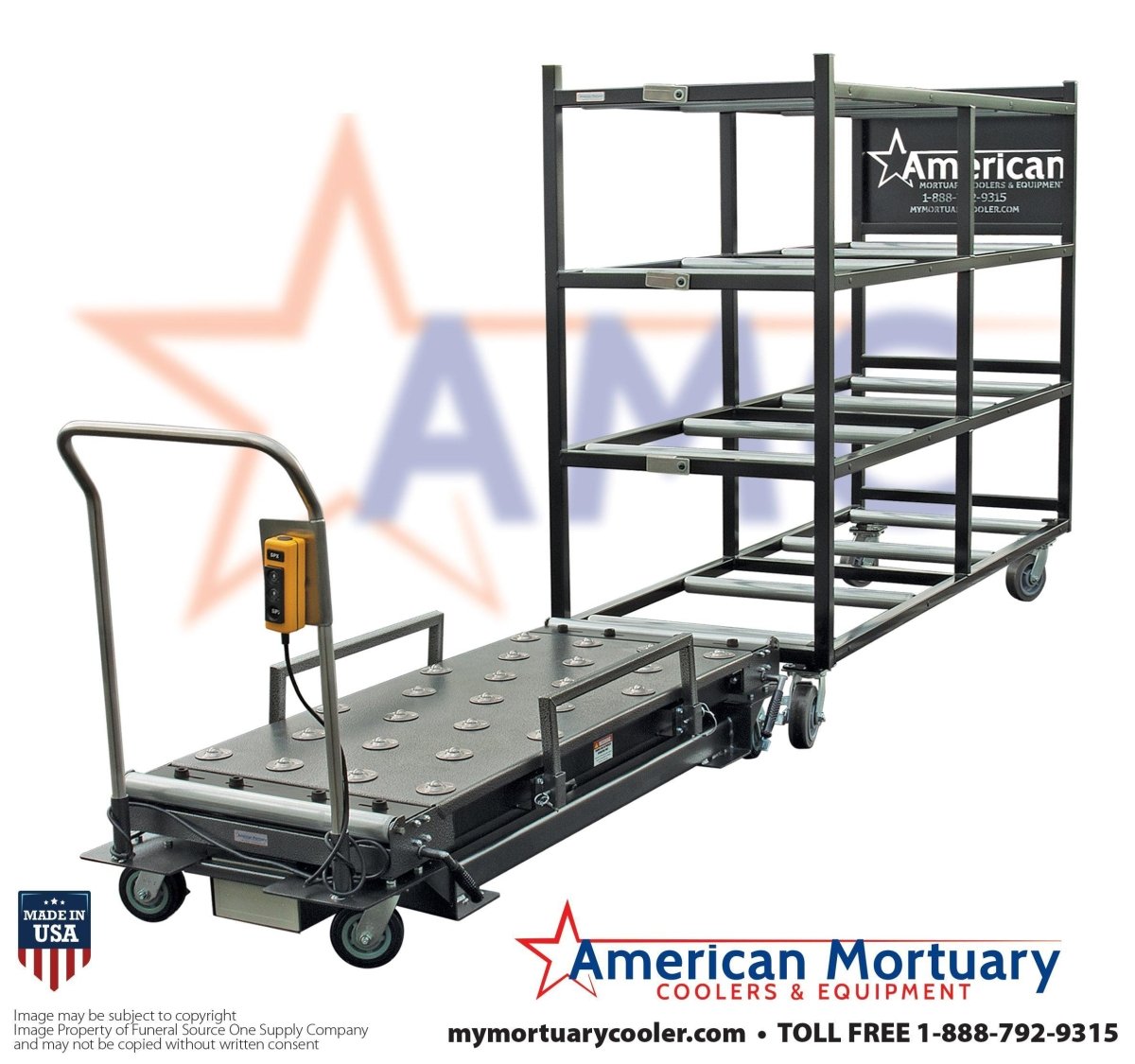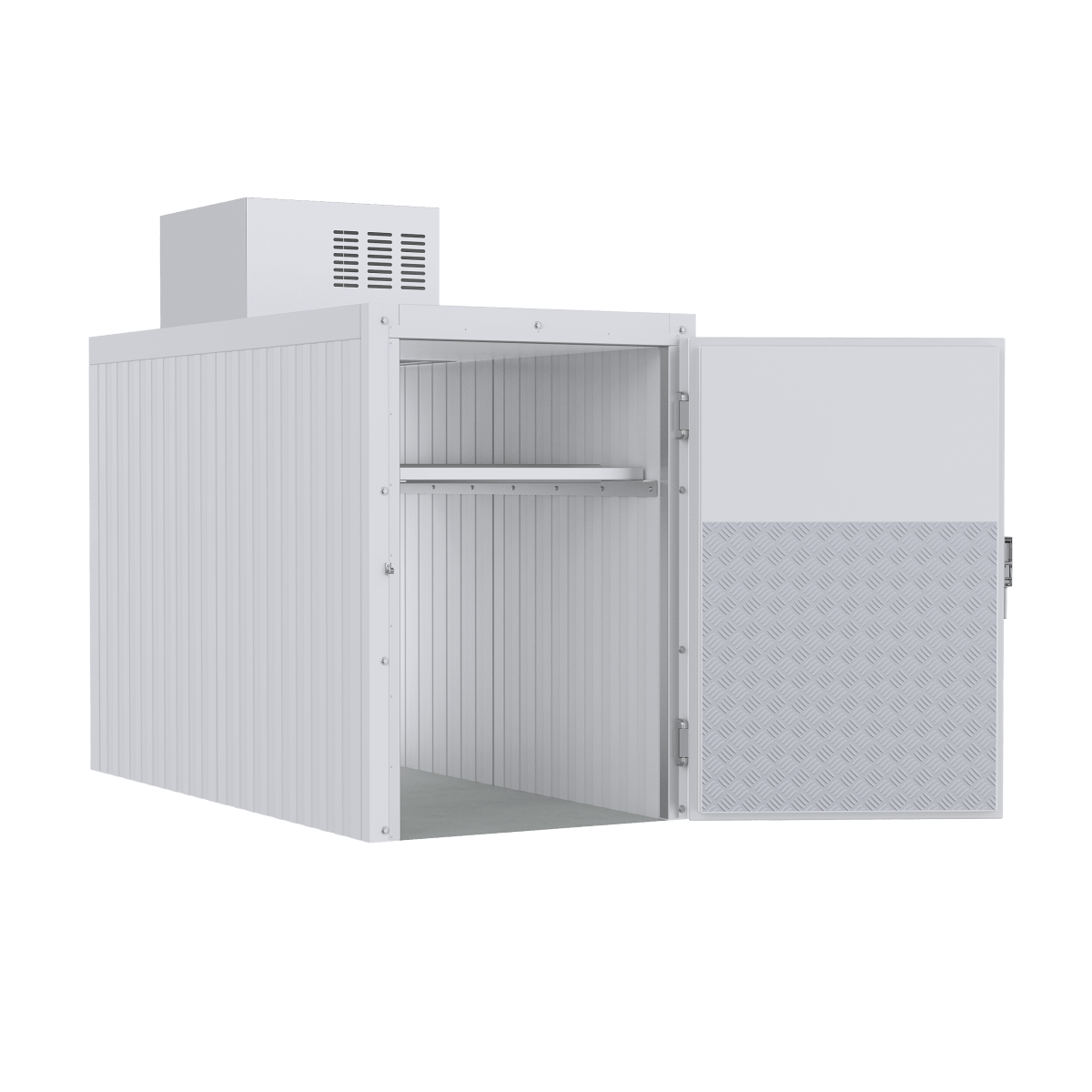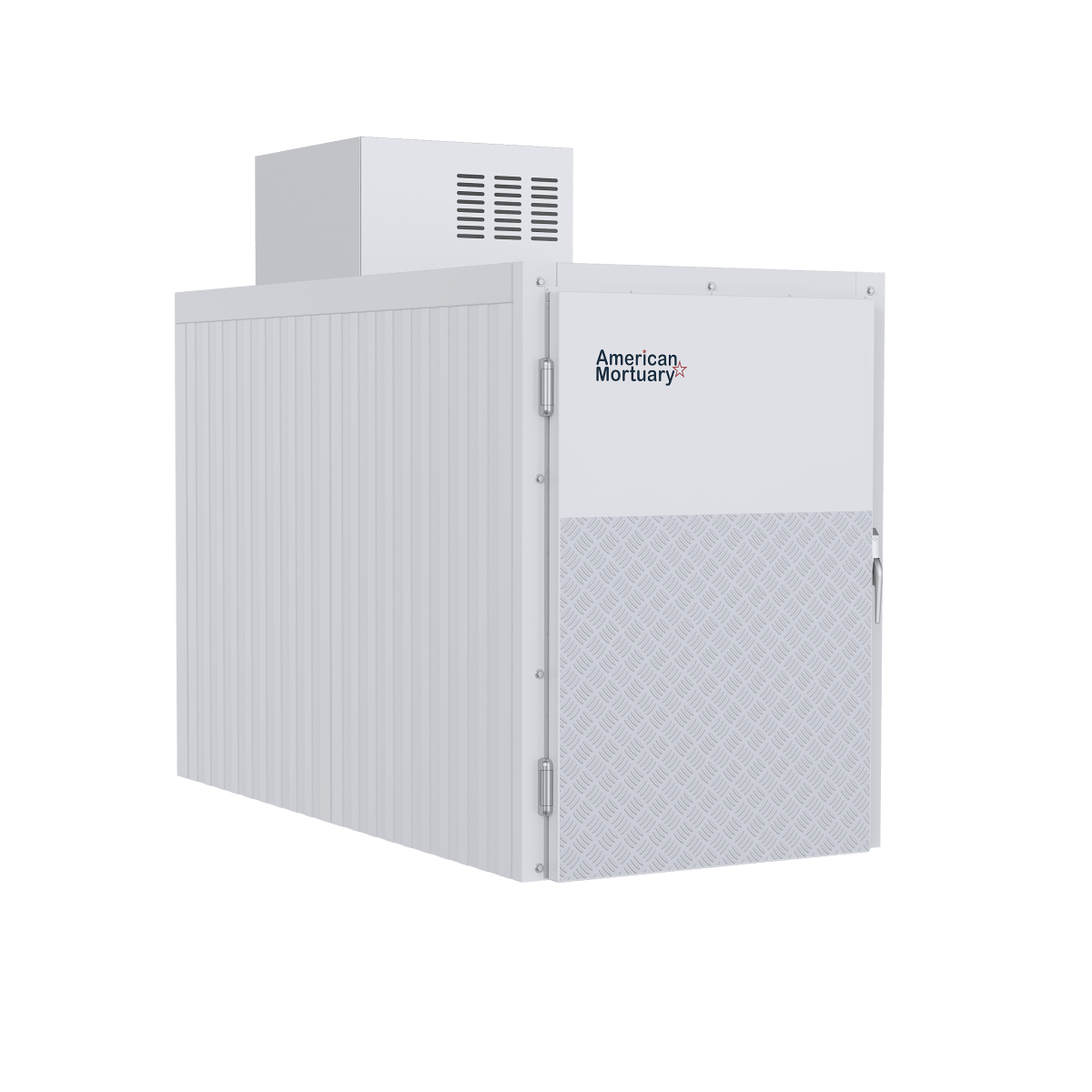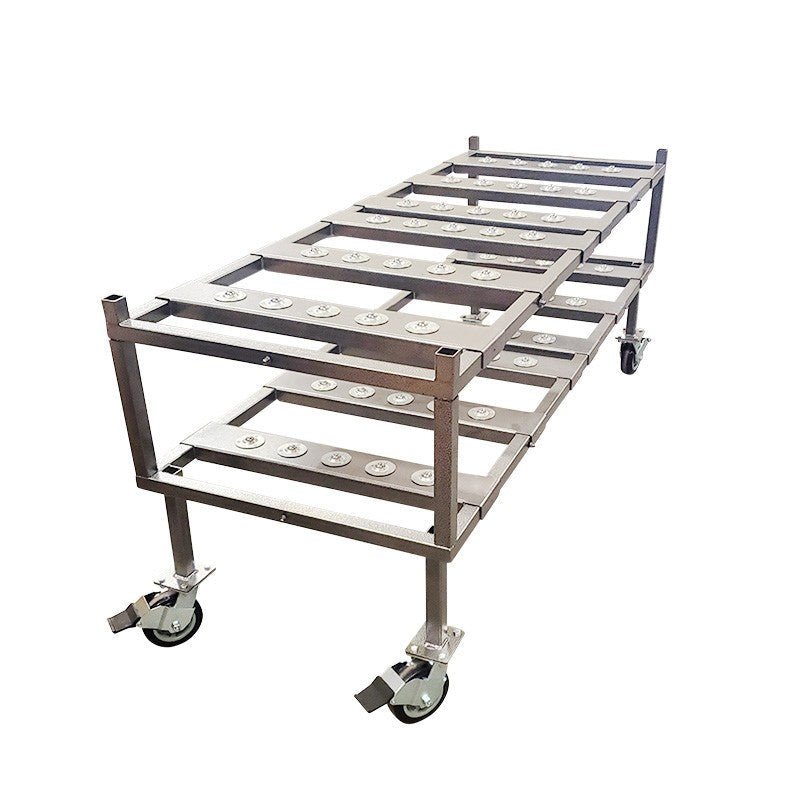Why a Dolly with a Lift Makes Material Handling Safer and More Efficient
A dolly with a lift is a wheeled platform that combines mobility with vertical lifting capability, allowing operators to raise, lower, and transport heavy loads without manual lifting. These specialized dollies reduce workplace injuries, improve productivity, and provide ergonomic solutions for moving everything from 400-pound loads to 12,000-pound equipment.
Key Features of a Dolly with a Lift:
- Lifting mechanisms: Hydraulic, winch, foot-pump, or electric systems
- Weight capacities: Range from 400 lbs to 12,000 lbs depending on model
- Platform sizes: Typically 20"×20" to 36" wide with service ranges up to 58" high
- Applications: Loading docks, warehouses, funeral homes, automotive shops, and manufacturing facilities
- Safety benefits: Reduces back injuries and worker fatigue through ergonomic positioning
The lifting mechanism allows operators to position loads at comfortable working heights - whether that's matching truck bed levels for loading, reaching storage rack heights for inventory, or simply eliminating the need to bend and lift manually.

Key dolly with a lift vocabulary:
What Is a Dolly with a Lift and How It Works
A dolly with a lift combines mobility with vertical travel capability. Unlike static lifting equipment, these dollies travel with your load, making them incredibly versatile for busy facilities.
Most dollies with lifts offer a service height range from ground level up to 58 inches when fully extended. Weight capacities vary from 400 pounds for lighter work up to 12,000 pounds for industrial applications.
Key industries include warehouses, funeral homes, automotive shops, and manufacturing facilities - anywhere people need to move heavy things between different heights regularly.
Standard Dolly vs Dolly with a Lift
A regular dolly excels at horizontal movement but requires manual lifting for height positioning. A dolly with a lift adds an integrated lifting column that eliminates manual lifting effort. One person can roll the dolly into position and operate the lifting mechanism to raise the load exactly where needed.
Lifting Mechanism Basics
Hydraulic cylinders use pressurized fluid to smoothly raise heavy loads with minimal operator effort. They handle the heaviest capacities but require occasional maintenance.
Winch gear systems are reliable and straightforward, typically providing 1 inch of lift per handle turn. They don't need power sources but require more operator effort.
Foot-pump pedals offer mechanical advantage using leg muscles, delivering about 1 inch of lift per stroke with manageable effort.
Electric actuators provide push-button convenience but cost more upfront and require battery charging.
Types of Dollies with Lift Mechanisms
Dolly with a lift options include hydraulic systems for heavy-duty work, manual systems (winch and foot-pump) for reliable everyday use, and electric systems for high-volume operations.

Hydraulic lift dollies handle 2,000 to 12,000 pounds for industrial equipment and large machinery.
Manual systems offer reliable, budget-friendly options for 400-800 pound loads without electrical requirements.
Electric units provide push-button convenience for high-volume operations despite higher upfront costs.
For technical background, this scientific research on dolly basics provides helpful insights.
Hydraulic Lift Dollies
Hydraulic dollies use pressurized fluid for smooth, controlled lifting of heavy loads. The Rol-A-Lift series ranges from 2,000 to 12,000 pound capacity with platform widths from 22" to 36".
These systems excel with heavy machinery and industrial equipment. The smooth lifting action protects fragile items from jerky movements. Most include overload protection valves for safety.
The trade-off is higher maintenance needs including hydraulic fluid checks and seal monitoring.
Winch & Foot-Pump Lift Dollies
Manual systems provide reliable operation without power requirements. Winch systems offer 1" of lift per handle rotation with precise control. Foot-pump systems provide similar lifting with hands-free operation.
Both are budget-friendly options perfect for 400-800 pound loads with minimal maintenance needs.
Electric & Battery-Powered Lift Dollies
Push-button controls eliminate physical effort while enabling quick cycling. Battery-powered units offer cordless convenience without power outlet requirements.
These systems excel in high-volume operations where cycle time is critical, despite higher upfront costs and charging requirements.
How to Choose the Perfect Dolly with a Lift for Your Operation
Choosing the right dolly with a lift requires matching equipment capabilities with your specific needs, considering load requirements, operating environment, and usage frequency.
For detailed guidance, check our guide to choosing the best cart lifts.
Weight Capacity & Size Matching
Choose equipment rated well above your heaviest expected load. Dollies with lift mechanisms range from 400-pound light-duty units to 12,000-pound heavy-duty models.
Platform dimensions range from 20"×20" for compact applications to 36" wide for larger items. Service height ranges from 1/4" up to 58" handle most loading and storage situations.
Environment & Terrain Considerations
Smooth indoor floors allow smaller wheels and lighter construction. Rough surfaces or outdoor use demand bigger wheel systems and stronger frames.
All-terrain dollies handle uneven surfaces while supporting heavy loads. Low-profile designs safely traverse dock plates for truck loading operations.
Ergonomic Advantages of a Dolly with a Lift
More than one million workers suffer back injuries yearly, with four out of five affecting the lower back. Dollies with lift eliminate manual lifting to different heights, dramatically reducing physical strain and injury risk.
Workers maintain comfortable working heights and neutral postures, minimizing spine and joint stress while maintaining energy levels throughout shifts.
Safety Features Checklist
Floor locks prevent rolling during operations while wheel brakes provide positioning security. Overload protection systems prevent lifting beyond safe capacity limits.
Non-skid platform surfaces secure loads during transport. Clear capacity markings and operating instructions ensure proper use by all operators.
Top Brands, Models, Accessories & Case Studies
Rol-A-Lift dominates heavy-duty markets with USA-made hydraulic units from 2,000 to 12,000-pound capacity.

Guide BLLPW series offers manual lifting for 400-500 pound loads with low-profile designs perfect for tight spaces.
Rhino Cart provides adjustable platforms expanding from 6" to 46" width for versatile load handling.
Eoslift TAD35 manages 770 pounds with double-scissor mechanisms for extended lifting range.
Lift'n Buddy focuses on battery-powered convenience for cordless operation.

Essential accessories include D-ring straps for load security, floor locks for stability, and roller handles for efficient loading.
Real-World Case Studies
Funeral homes use hydraulic lifts exceeding 1,000 pounds for smooth, quiet casket and equipment positioning.
Warehouses report 30% productivity increases using high-capacity hydraulic units for dense materials and manual models for general merchandise.
Automotive workshops adapt these tools for engine work and transmission handling.
Glass fabrication facilities dramatically reduce breakage rates through stable transport and ergonomic height adjustment.
Hospital supply rooms streamline logistics while protecting healthcare workers from back injuries.
Maintenance & Safety Best Practices
Proper maintenance keeps your dolly with a lift safe and operational. Daily checks of wheels, brakes, and lifting mechanisms prevent major problems.
Hydraulic systems need regular fluid level checks. Cable integrity on winch systems requires inspection for fraying or kinks. Battery-powered units need regular charging schedules.
Preventive Maintenance Schedule
Daily tasks: Visual inspection of wheels and brakes, function test of controls, debris cleaning.
Weekly maintenance: Lubricate moving parts, inspect cables thoroughly, test safety systems, check battery health.
Monthly tasks: Check hydraulic fluid quality, inspect structural components, calibrate built-in scales.
Yearly maintenance: Complete hydraulic service, professional inspection, full load testing.
Operator Training & Compliance
Proper training emphasizes understanding and respecting weight limits. Loading techniques focus on centering loads and understanding balance changes during lifting.
Emergency procedures should cover hydraulic system failures and battery depletion scenarios. Documentation including maintenance logs and operator certification protects your business and ensures consistent standards.
Frequently Asked Questions about Dollies with a Lift
What weight capacities are available for dollies with a lift?
Capacities range from 400-500 pounds for everyday tasks to 12,000 pounds for industrial machinery. The Guide BLLPW series handles lighter loads, while Rol-A-Lift hydraulic units manage the heaviest applications.
Always choose equipment rated well above your heaviest expected load to account for dynamic forces during movement.
Can I rent a dolly with a lift instead of buying one?
Tool rental centers offer lifting dollies for short-term projects. Renting makes sense for occasional use, while frequent use typically justifies purchasing.
Rental agreements usually include basic training and maintenance support, but check return policies regarding damage or excessive wear.
What safety features should I look for before purchasing?
Overload protection prevents lifting beyond rated capacity. Brake systems including wheel brakes and floor locks provide stability during operations.
Non-skid deck surfaces secure loads during transport. Comprehensive operator manuals and solid warranty coverage indicate manufacturer commitment to safety and quality.
Conclusion
Choosing the right dolly with a lift transforms how your team handles heavy materials while protecting workers from injury and improving efficiency.
The key is matching equipment to your specific needs. Load requirements, work environment, and usage frequency all determine the perfect unit - from 400-pound manual dollies to 12,000-pound hydraulic systems.
Safety features including overload protection, reliable brakes, and non-slip surfaces keep teams healthy. The investment pays for itself through reduced injury costs, improved productivity, and happier employees.
At American Mortuary Coolers, we specialize in creating durable, custom equipment designed for demanding applications. With direct delivery across the contiguous 48 states, we make it easy to get exactly what you need.
For expanding your material handling capabilities, our complete guide to choosing the best lift cart tables offers additional insights for comprehensive lifting solutions.


